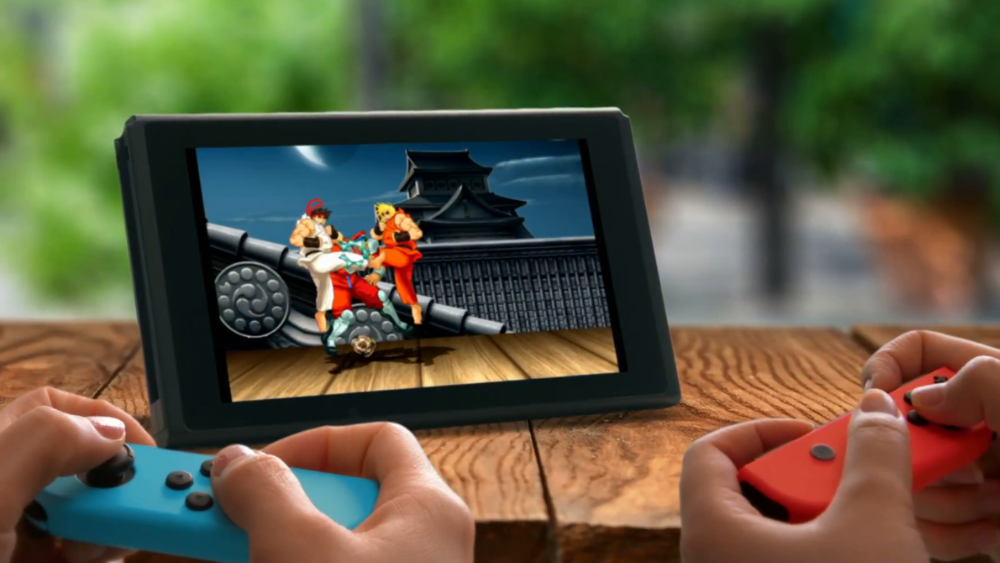
The Nintendo Switch is finally in the public's hands, and like any piece of mass-manufactured hardware, some units are experiencing problems. While one of the most well-known issues stems from the left Joy-Con desyncing with the console, another set of players are complaining about dead pixels or patches of uneven brightness on the Switch's 6.2-inch display.
.@playasia Picked up my @Nintendo Switch today and it seems my system has a couple dead pixels (right of "Themes"). Qualifies 4 replacement? pic.twitter.com/JOxDXVwjTEMarch 4, 2017
Whether you're clutching your pearls or rolling your eyes at that, I think we can all agree it's a defect, right? Well, Nintendo disagrees. On the company's support site, it claims that, "Small numbers of stuck or dead pixels are a characteristic of LCD screens. These are normal and should not be considered a defect."
Rather than take Nintendo at its word, let's look at some major display manufacturers and see what they have to say.
Apple has a zero-tolerance policy for dead pixels on iPod and iPhone. If even one of these little buggers shows up on your device, you can get it replaced under standard warranty. Anything with a screen 9.7 inches or larger however and the company starts loosening its standards. On screens 22 inches to 30 inches in size, it considers as many as eight bright pixels and 10 dark pixels to be acceptable.
Dell laptop and flat-panel monitors consider anything less than six dead pixels to be within the acceptable range, though there is less tolerance for pixels which display extra bright.
HP considers a total of five anomalies to be within the acceptable range, whether they be light or dark. HP also notes that if two dead pixels are in close proximity (15 mm for dark ones, 25 mm for bright ones), this also warrants replacement.
Samsung is pretty vague, and seems to treat dead pixels on a case-by-case basis. Warranty replacement is determined by "the number of dead pixels, the location of the dead pixels, the color of the dead pixels, the size of the screen."
Sign up to the 12DOVE Newsletter
Weekly digests, tales from the communities you love, and more
In other words, Nintendo is correct that dead pixels are common. What's more of a problem - at least in my mind - is that there doesn't seem to be any outlined point at which the number or type become unacceptable. There's no differentiation between light and dark dead pixels, nor a specific number that warrants replacement.
Nintendo often speaks in vague terms, but this is one area it could stand to expand upon.
Seen something newsworthy? Tell us!
Sam is a former News Editor here at GamesRadar. His expert words have appeared on many of the web's well-known gaming sites, including Joystiq, Penny Arcade, Destructoid, and G4 Media, among others. Sam has a serious soft spot for MOBAs, MMOs, and emo music. Forever a farm boy, forever a '90s kid.
Most Popular

